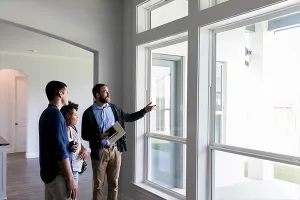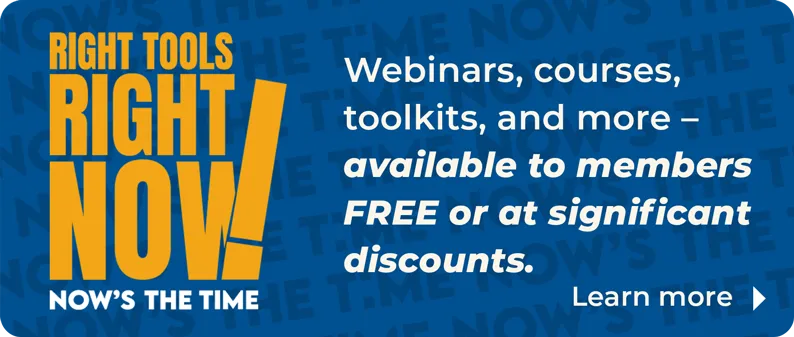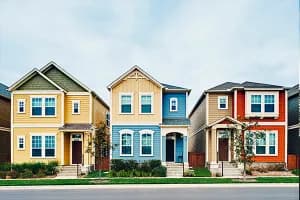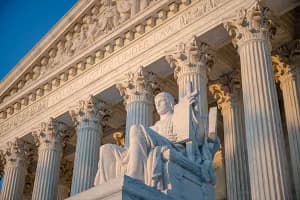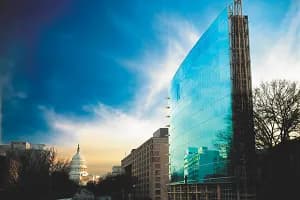By Mark Scheets, Guest blogger
What is an Energy Efficient Mortgage?
Energy efficient mortgages (EEMs, sometimes known as “green mortgages”) are loans that allow home owners to finance energy-efficient upgrades for their current home or in a new home purchase. The cost of the upgrades is rolled into the mortgage so that multiple loans are not needed.
An EEM allows lenders to extend borrowers’ debt-to-income qualifying ratio, which means that they may be able to take out a larger home loan than would be allowed with a traditional mortgage. With an EEM, upfront costs may be higher than with a typical home loan. The reason for this is because improvements need to be made to a home to make it “energy efficient”. Despite the upfront cost, an EEM should save home owners money in the long run through lower energy costs. In order to qualify, the energy efficient home must undergo an energy audit by an approved inspector.
3 DIFFERENT TYPES OF EEMS
Conventional EEM:
A conventional EEM is the most commonly used green mortgage option. With a conventional EEM, the lender will be able to credit the borrower’s income by an amount equal to the amount of energy that will be saved with the renovations/upgrades.
For instance, if a borrower makes $75,000 per year and stands to save $2,000 a year in energy costs by upgrading their home, their income will be $77,000 for underwriting purposes. This enables the borrower to buy a more expensive home than he would otherwise be eligible for.
Federal Housing Administration (FHA) EEM:
FHA EEMs provide mortgage insurance to a borrower who is looking to purchase or refinance their home and incorporate the costs of energy efficient improvements into their mortgage. In order to qualify, the borrower must meet all the normal underwriting conditions for an FHA loan.
With an FHA EEM, the borrower can borrower the lesser of:
· The total cost of the improvements plus report and inspections; or
· The lesser 5 percent of the value of the property, 115 percent of the median area price for a single family house, or 150 percent of the Freddie Mac conforming loan limit.
In addition, the energy improvements must cost less than the total amount saved over the life of the improvements. Further, the improvements must be made after the loan closes. The funds for the improvement are put in an escrow account and released when the borrower’s loan closes.
Veterans Administration (VA) EEMs:
These green mortgages are available to veterans who qualify for financing through the VA. VA EEMs allow buyers to upgrade an existing home. Typically these loans are capped at $3,000 to 6,000 maximum.
ABOUT THE AUTHOR: Mark Scheets is a writer Total Mortgage Services.
